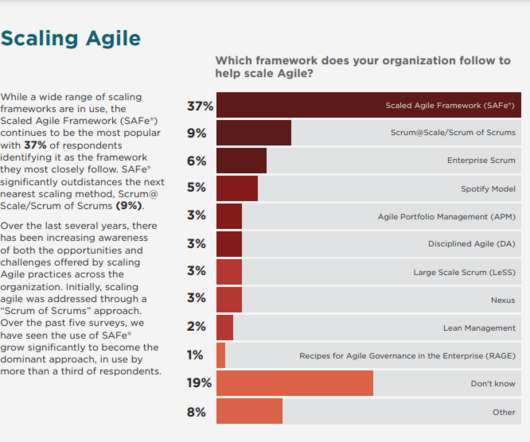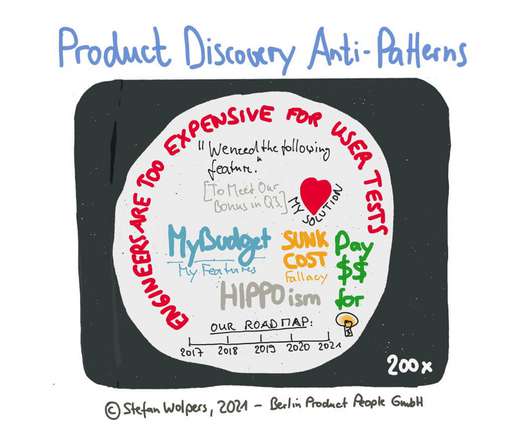SAFe Simply Explained (Part 1): Core Competencies and Principles
Inloox
JULY 1, 2021
In most cases, however, previous experience is based only on the small-scale use of Scrum or other agile methods in individual departments. Large corporations in particular, which are in urgent need of more agility due to entrenched structures, usually have the hardest time implementing an agile transformation. But it’s not that easy.














Let's personalize your content